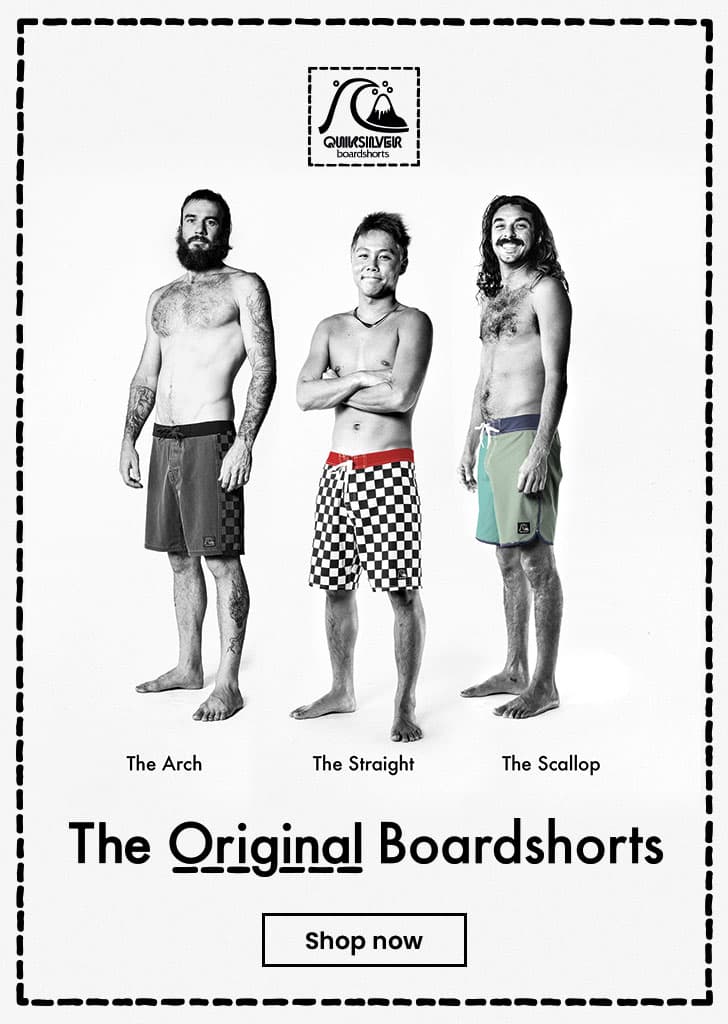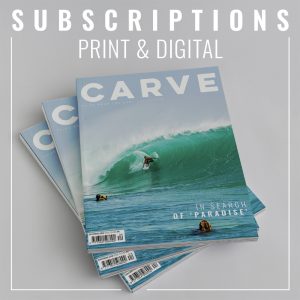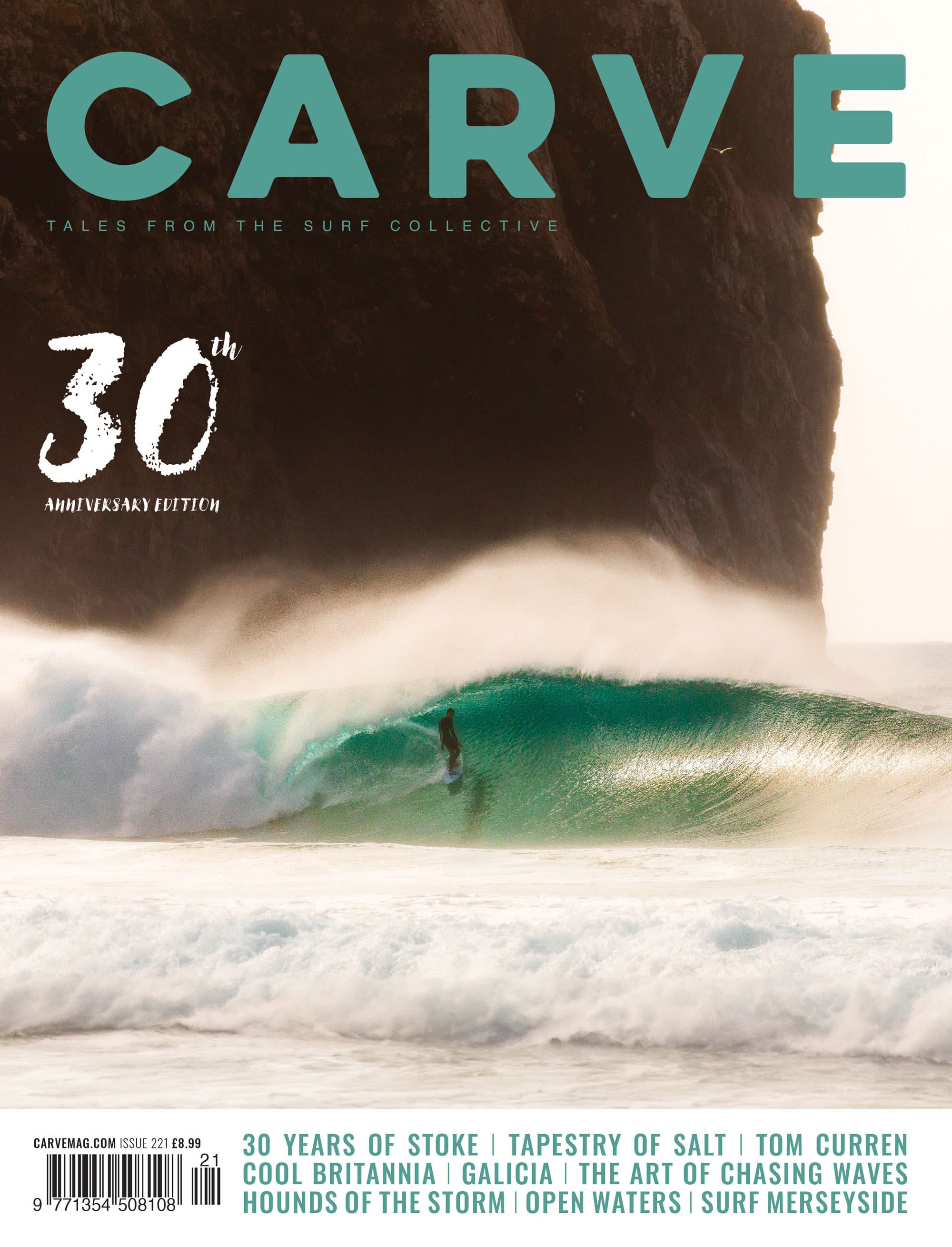An interview with Jeremiah… By Sharpy. To enter the competition hit our IG @carvemag
How did you get into surf photography?
My first introduction to surf photography was in 1998 from my good friend, Mike Stonis, who had a water-housing. I was hooked after the first time we picked up the film from the photo lab and saw these moments in time imprinted on 35mm slides. That inspired me to save my money and buy my own camera with a fisheye in a water housing. My passion changed from trying to ride perfect waves to shooting perfect waves with this little light-capturing machine.
What was your first camera?
My first camera was a Canon EOS 630 that shot four frames a second. I used it in a water-housing with a fisheye lens. It was hard to get good images from the water back in the day because we only had 36 frames before we had to swim in and change out the roll. With the magazines so competitive to feature the best images, this forced us to be picky and only shoot in the bests conditions with the best light. Digital changed everything because it allowed us to experiment on the average days and shoot all day from the water on the good days with our only limitation being dehydration or cramping muscles.
What was your first published photo?
My first published photo was a team shot for a local surf shop published in Bodyboarding Magazine in 1999. At the time, I didn’t understand light or composition or how to use a camera, so looking back, it is incredible that we produced a usable shot for the ad. Sometimes ignorance is bliss.
Which photographers inspired you in the early days?
Chris Van Lennep, Scott Aichner, Jeff Flindt and Tim Jones were the guys getting the craziest angles from the water and pushing the limits in big tubes which inspired me. It wasn’t until later in my photography journey that I realized there was more to surf photography than just big fisheye barrels. Scott Winer and Larry Moore taught me how to be professionally minded and how to capture technically perfect images. Steve Sherman showed me how to tell a story with pictures and introduced me to the artist side of photography.
Who’s your favourite surfer to shoot?
That’s not an easy answer because I love shooting different surfers for different reasons. John John Florence and Dane Reynolds always impressed me because you never knew what they were going to do. Usually, you can tell what a surfer was going to do by looking at the wave they were on, but these two were so good that if you didn’t start shooting them after their bottom turn, you could miss something special. Currently, it’s been a joy to shoot with Bryce Young because he’s so photogenic in any condition or board he’s riding. Cam Richards is also on the top of the list because of his work ethic and x-factor in consistently getting the best wave or manoeuvre of the trip.
Location wise where’s your favourite area to shoot?
Mexico is my favourite place to shoot because it is so close to home for quality waves, and I’m a sucker for a good street taco.
Where would you love to shoot that you haven’t ticked off yet?
Fiji has always been on my bucket list to shoot. Clean blue water and perfect left tubes sound like a good time.
Do you think the arms race with digital cameras is all but done?
We’ve peaked with what the DSLR is capable of capturing in my humble opinion but believe the next wave of photography tools will find innovation in the mirrorless format and sensor tech. I can’t wait for cameras with the image quality of a medium format sensor, the speed and autofocus of the fastest full-frame camera and the weight of a mirrorless body all with an unlimited image buffer and all-day battery life. But at the end of the day, an excellent image resonates more because of its timing, composition and light elements rather than what camera was used to capture it.
Do you still shoot film or are you hundred percent digital?
I shoot 90% digital because most of my clients want a digital file quickly, but film still has a warm place in my heart. The control and quality of digital is amazing, but there is something special about film that slows me down and makes me think a little more before the shutter is pressed. It has been great working with the team at Vissla who still appreciate the look, feel and texture that film gives.
Was it tricky figuring out which shots you wanted to use on the T-shirt range?
Figuring out which images to use was the hardest part of this project for me. There are about 20 years of images in my archive, so narrowing it down to a handful of images was quite daunting. In the end, they were given 44 images, and that was narrowed down to four where three were made into T-shirts. It was such an honour to see the final selects printed on wearable fabric.
What’s next in surf photography?
The future of surf photography is looking bright because it will keep getting easier to capture high-quality images, but the downside is it will be harder to make a living doing it. There has never been a more creative time to shoot surf than today because the camera technology has broken so many limitations found in the past. Quality cameras are cheaper and smaller than ever before with memory cards that never fill up, sensors that work in the dark and drones that open up angles from the sky. Because there are more cameras pointed at the surf, it is forcing the creative cream to rise to the top. The photographer who understands composition and light will always be celebrated, and I love seeing social media artists pushing the limits of personal expression. I believe the next wave of successful surf photographers will be focused on telling impactful surf stories with a fine art flair.





